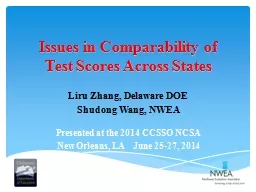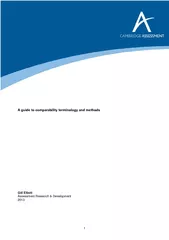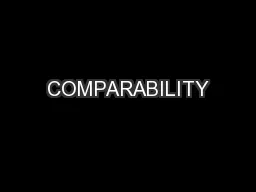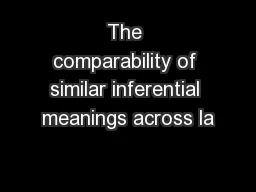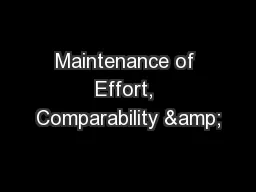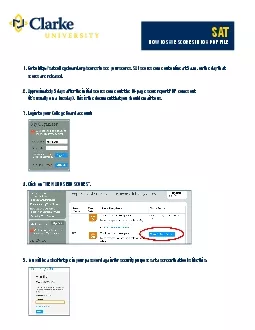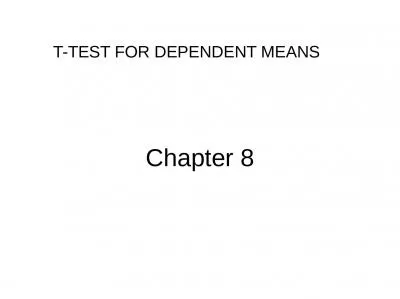PPT-Issues in Comparability of Test Scores Across States
Author : luanne-stotts | Published Date : 2018-12-20
Liru Zhang Delaware DOE Shudong Wang NWEA Presented at the 2014 CCSSO NCSA New Orleans LA June 2527 2014 PerformanceBased Assessments The educational reforms movements
Presentation Embed Code
Download Presentation
Download Presentation The PPT/PDF document "Issues in Comparability of Test Scores A..." is the property of its rightful owner. Permission is granted to download and print the materials on this website for personal, non-commercial use only, and to display it on your personal computer provided you do not modify the materials and that you retain all copyright notices contained in the materials. By downloading content from our website, you accept the terms of this agreement.
Issues in Comparability of Test Scores Across States: Transcript
Download Rules Of Document
"Issues in Comparability of Test Scores Across States"The content belongs to its owner. You may download and print it for personal use, without modification, and keep all copyright notices. By downloading, you agree to these terms.
Related Documents

